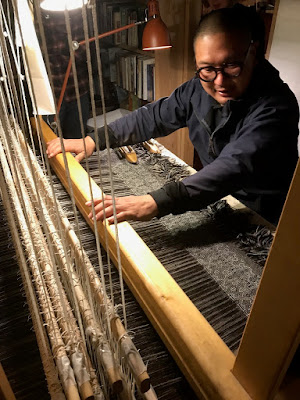
 4
4











 1
1




 1
1




r ranson wrote: I understood it would be over three days, but we're on day four and there's a long way to go.
 3
3











 2
2




Christina Doyle wrote:
r ranson wrote: I understood it would be over three days, but we're on day four and there's a long way to go.
I cant say it's not that, but it also could be the use of normal temps. It doesnt look like you've put them in a heated incubator. I put all mine in a constant 80 -81, night and day for 2 weeks, and I know temps affect their growth. There's very little variation when they are incubated. I think they like to be nice and warm throughout their growing time, so I've been working on a tall heated cabinet. I bought a premade pressboard cabinet, the kind with white vinyl covering the pressboard, but I cant get the wood smell out of it, so I'm redesigning right now.







 6
6




r ranson wrote:I know not everyone is comfortable with eating bugs, so I created a thread about cooking and eating silkworms.
 2
2




Tereza Okava wrote:
r ranson wrote:I know not everyone is comfortable with eating bugs, so I created a thread about cooking and eating silkworms.
lol! I didn't want to be the monster in the room saying "wow your new little sweeties are one of my favorite foods", but...... it's true.
 5
5




Jim Wineteer wrote:There is a gorgeous Youtube channel Liziqi in a sericulture episode she dices up leaves for babies, and then throws armloads of leaves to the big caterpillars. And it shows processing.
Lifestyle design like Jack Spirko speaks of would have this fantasy life Liziqi portrays on one end of the scale and Jerry Springer guests on the other end of the same continuum.







 2
2




Christina Doyle wrote:. Hakuna matata!!
 3
3











 5
5





 7
7




 Looking forward to sharing and learning more here!
Looking forward to sharing and learning more here! 
 4
4




Emma Massick wrote:Hi!
An awesome co-worker shared this forum with me because I am starting to raise silkworms too! I ordered some as adults and have 17 total right now, about 13 of them seem to be in their 5th instar and the rest are in either 3 or 4, not sure. I have had them for about a week and it has been so fun and fascinatingLooking forward to sharing and learning more here!

 3
3











 3
3











 3
3











 3
3











 1
1




 2
2















 4
4











 3
3











 3
3











 1
1




 3
3











 4
4















 5
5











 1
1




Whoah!! Check out this permie deal!! https://permies.com/w/homesteading-bundle?f=232
"The only thing...more expensive than education is ignorance."~Ben Franklin. "We can easily forgive a child who is afraid of the dark; the real tragedy of life is when men are afraid of the light." ~ Plato
 4
4




Long balcony garden in the green Basque Country






 4
4




I'm in so deep with mulberries, there is no saving me. There are, like, hundreds of different harvest methods to learn for harvesting #mulberry leaves at different times of the year for different nutrient levels suited to the life cycle of the silk worm and your site. Moriculture/Sericulture is the most evolved and sophisticated human- [perennial] plant relationship I have ever encountered. Every pomologist should study mulberries, as everything I know about apples was covered in the first 10 pages of this book. #hogtree #agroforestry #silvopasture #mulberryfedmonogastric
QuickBooks set up and Bookkeeping for Small Businesses and Farms - jocelyncampbell.com
 2
2




Whoah!! Check out this permie deal!! https://permies.com/w/homesteading-bundle?f=232
"The only thing...more expensive than education is ignorance."~Ben Franklin. "We can easily forgive a child who is afraid of the dark; the real tragedy of life is when men are afraid of the light." ~ Plato




out in the garden

 2
2















 3
3











 2
2




Xisca - pics! Dry subtropical Mediterranean - My project
However loud I tell it, this is never a truth, only my experience...
 2
2











 2
2











 3
3












| I agree. Here's the link: http://stoves2.com |









